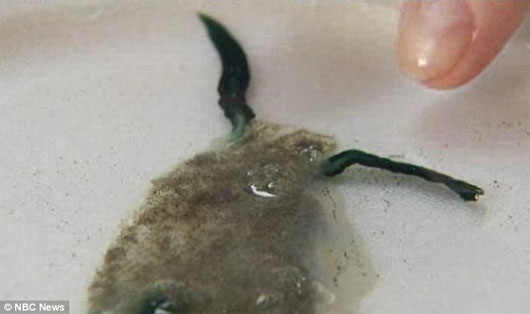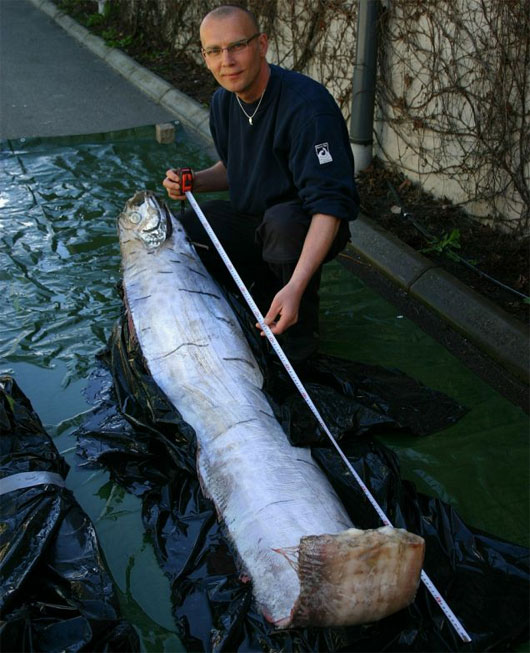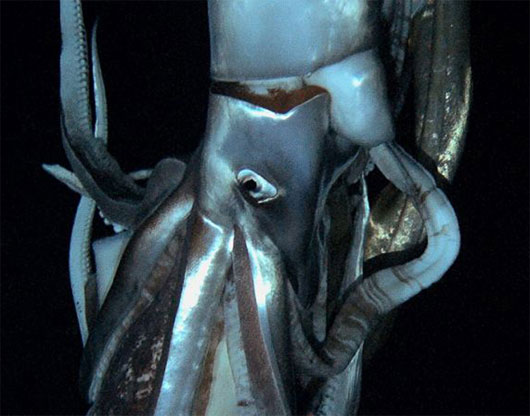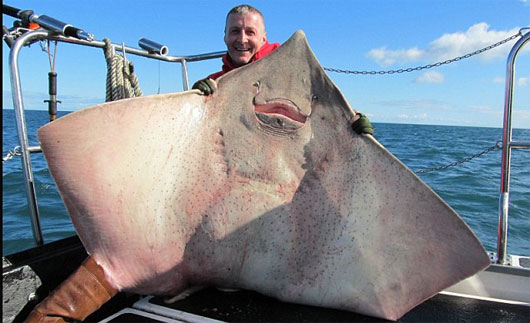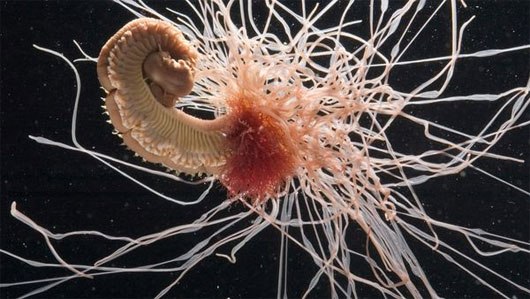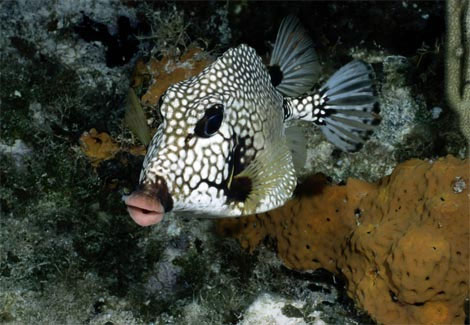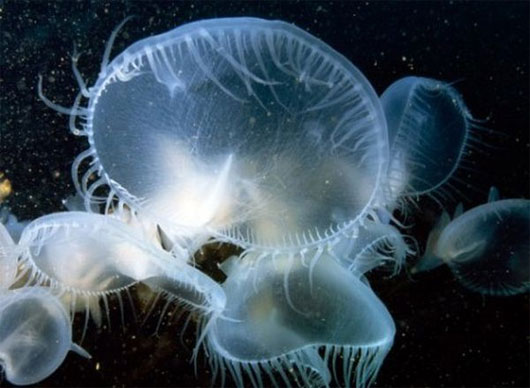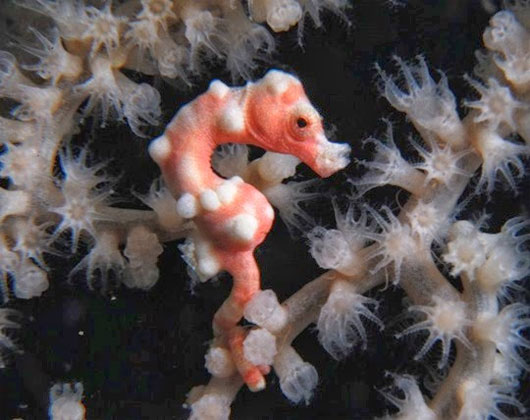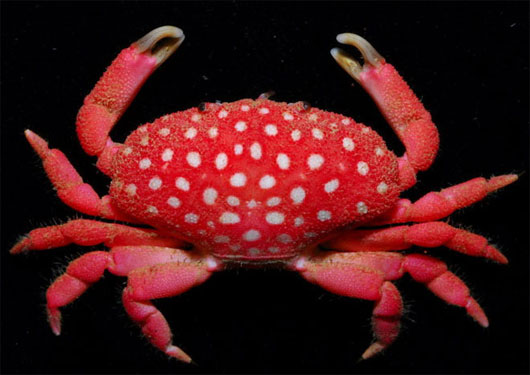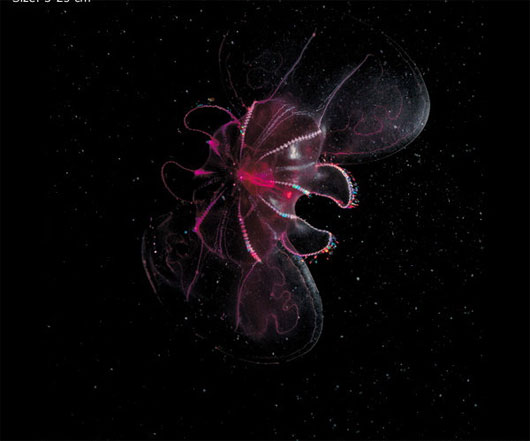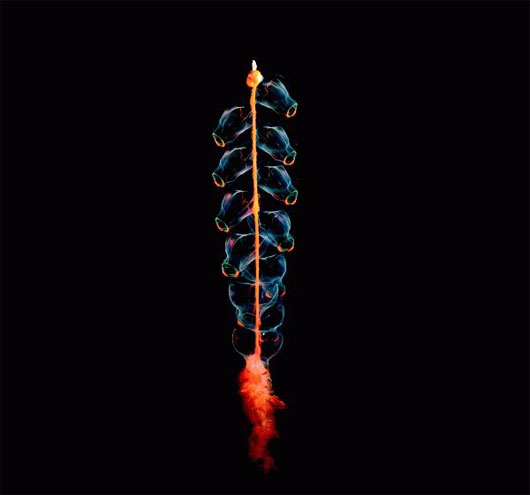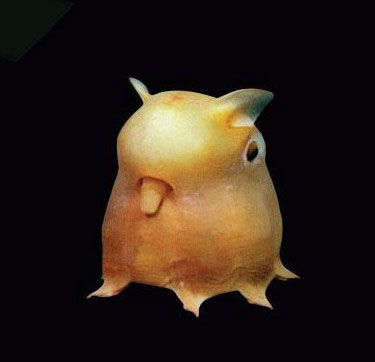Extraordinary and Unique Extraterrestrial Creatures
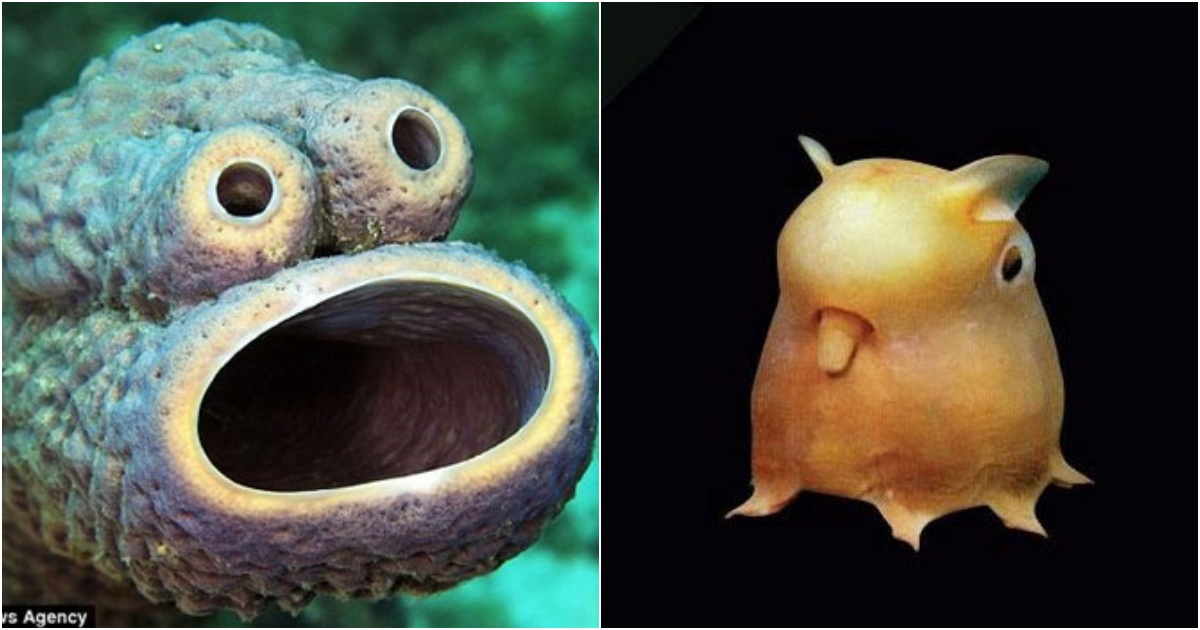
The vast ocean has always been a perfect habitat for peculiar and extraordinary creatures, and scientists continue to explore and discover these fascinating beings.
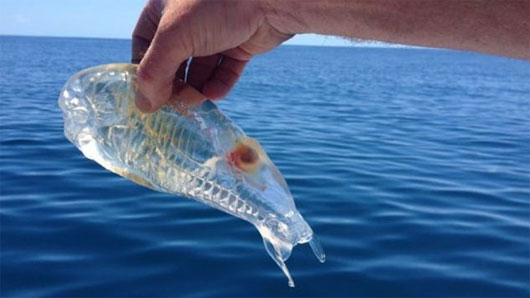
In New Zealand, a fisherman captured a peculiar “shrimp” with translucent scales, resembling a crystalline gemstone. Inside its body, there was a round, orange-colored organ. Experts identified this creature as a Salp, a marine animal that primarily feeds on plankton. Its translucent appearance serves as camouflage, protecting it from predators.
A photographer happened to capture an image of this unique marine organism in the Caribbean Sea. It had protruding eyes, a wide mouth, and a striking blue exterior. Like the previous creature, it also thrives by consuming planktonic organisms.
In the coastal areas of Washington State, USA, local residents discovered a rare sea creature that resembled a jellyfish, with long green tentacles that could retract. American experts were unable to identify the scientific name of this bizarre marine creature, as it was a new finding.
The Oarfish, also known as the ribbonfish, king of herrings, or giant oarfish, was found off the western coast of Sweden. Marine experts reported that it was the largest specimen found in the region in the past 130 years. Its length reached an impressive 12 meters.
Being one of the largest invertebrates in the world, inhabiting the deep sea, the giant squid primarily preys on small fish. It only surfaces when injured or deceased.
In April 2012, a 38-year-old fisherman named Andy Logan caught a peculiar fish weighing 111 kg, measuring about 2 meters in length and 3.5 meters in width.
The waters of Bali, Indonesia, are renowned for their rare creatures. This particular shrimp species had a green-colored body, with bulging eyes that looked remarkably unusual.
The Spaghetti Worm, also known as the peanut worm or jellyfish worm, earned its name because it can extend its tentacles in all directions to capture prey.
This fish species was discovered in the Western Atlantic Ocean. Its body and tail are black, with numerous small white spots on its human-like figure. It tends to live alone or in small groups, primarily feeding on soft-bodied organisms such as crustaceans.
This creature is as thin as a sheet of paper, yet it is not easily intimidated. When attacked, it releases a paralyzing substance from within its body to immobilize its adversary.
The creature’s name, “Seahorse,” reflects its unique appearance. It has a vibrant body color, allowing it to camouflage among coral reefs. The seahorse primarily inhabits the Western Pacific region. Due to its extremely small size, it possesses powerful camouflage instincts, often making it difficult for divers to spot.
In January 2010, marine biologists from Taiwan discovered a new crab species that resembled a strawberry in appearance.
In June 2012, a Canadian fisherman caught a rare blue lobster, with the odds of encountering such a specimen being 1 in 200 million. A 51-year-old fisherman shared, “I’ve been fishing for 33 years, catching about 3,000 lobsters a day on average, but this is the first time I’ve seen this kind of lobster.”
This soft-bodied organism is violet in color. It resides at depths ranging from 1,200 to 1,800 meters and measures between 3 and 25 mm in length.
Resembling a firework, this creature lives at depths of 400 to 3,000 meters, with a length of approximately 40 mm. Scientists are still studying its classification and behavior.
This creature has only two antennae and a parrot-like face. It resides in the ocean depths, ranging from 300 to 5,000 meters. Scientists are currently researching the habits of this unique creature.
The world beneath the waves continues to surprise us with its incredible diversity and stunning adaptations. These extraordinary creatures remind us of the boundless wonders that await discovery in the mysterious depths of our oceans.

